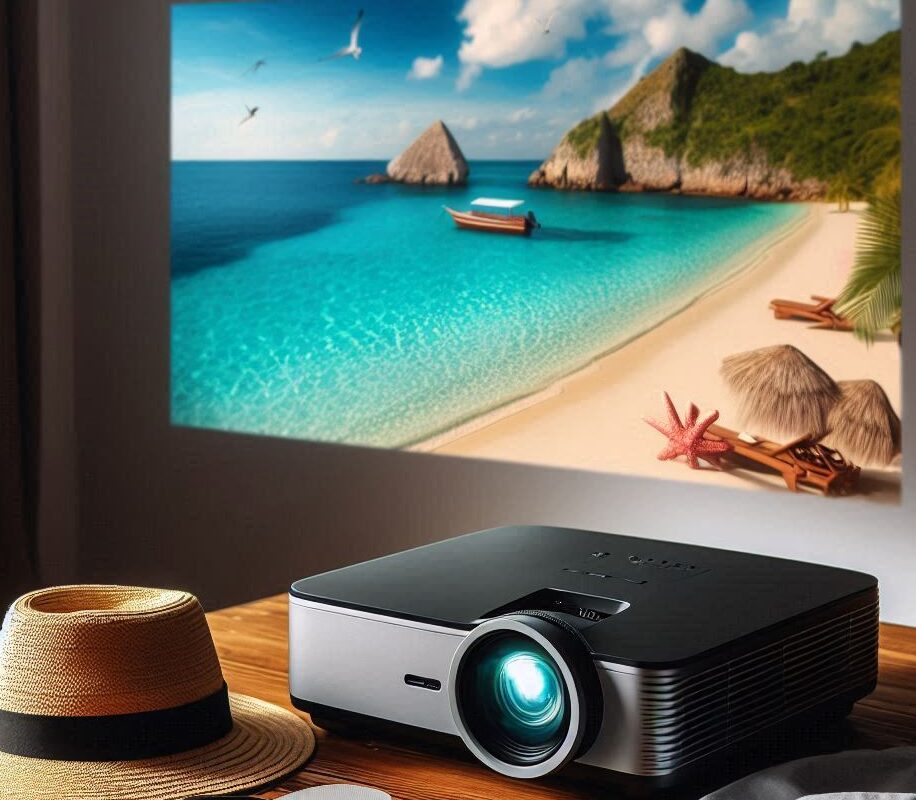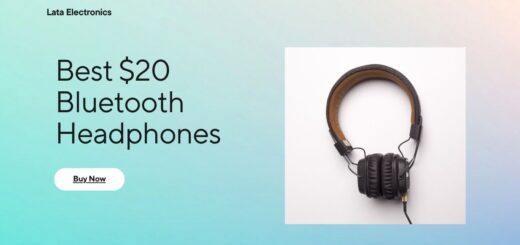Projecting Brilliance: Unveiling the 7 Best Ultra Short Throw Projectors

Best ultra short throw projector are a fantastic solution for tight spaces where traditional projectors might not fit. These projectors can create large images even when placed close to the screen. Let’s dive into some top recommendations and explore their features:
- Epson EpiqVision Ultra LS800:
- Type: 3-Chip 3LCD Smart Streaming Laser Projector
- Price: Around $2,999.99
- Key Features: 4K PRO-UHD resolution, HDR support, Android TV, and 4,000 lumens brightness1.
- Why It’s Great: Excellent image quality, versatile for home theaters or presentations.
- Hisense L9H TriChroma Laser TV:
- Type: Ultra Short Throw Projector with Bundled Screen
- Price: Approximately $4,497.97
- Key Features: TriChroma laser technology, 4K resolution, and impressive color accuracy1.
- Why It’s Great: Comes with a bundled screen for a complete home theater experience.
- Hisense PX2-PRO TriChroma Laser Cinema:
- Type: Ultra Short Throw Projector for Color Accuracy/Video Quality
- Price: Around $2,797.97
- Key Features: TriChroma laser, 4K resolution, and precise color reproduction1.
- Why It’s Great: Ideal for cinephiles who prioritize color accuracy.
- AAXA P400 Short Throw Mini Projector:
- Type: Short Throw Mini Projector
- Price: Approximately $211.00
- Key Features: Compact, portable, and suitable for small spaces1.
- Why It’s Great: Perfect for impromptu movie nights or presentations.
- Optoma UHZ35ST:
- Type: Most Versatile Short Throw Projector
- Price: Around $1,999.00
- Key Features: 4K resolution, high brightness, and flexible installation options1.
- Why It’s Great: Works well in various environments, from home theaters to classrooms.
- BenQ X500i:
- Type: Short Throw Gaming Projector
- Price: Approximately $1,499.00
- Key Features: Low input lag, Full HD resolution, and vivid colors1.
- Why It’s Great: Ideal for gaming enthusiasts who want immersive visuals.
- Nomvdic P1000 4K UHD Home Projector:
- Type: Room-to-Room Portable Short Throw Projector
- Price: About $2,238.89
- Key Features: 4K UHD resolution, portable design, and wireless connectivity1.
- Why It’s Great: Move it easily between rooms for various entertainment setups.
Remember, the best choice depends on your specific needs, room size, and budget. Whether you’re setting up a home theater or enhancing your presentations, these projectors offer impressive performance.



